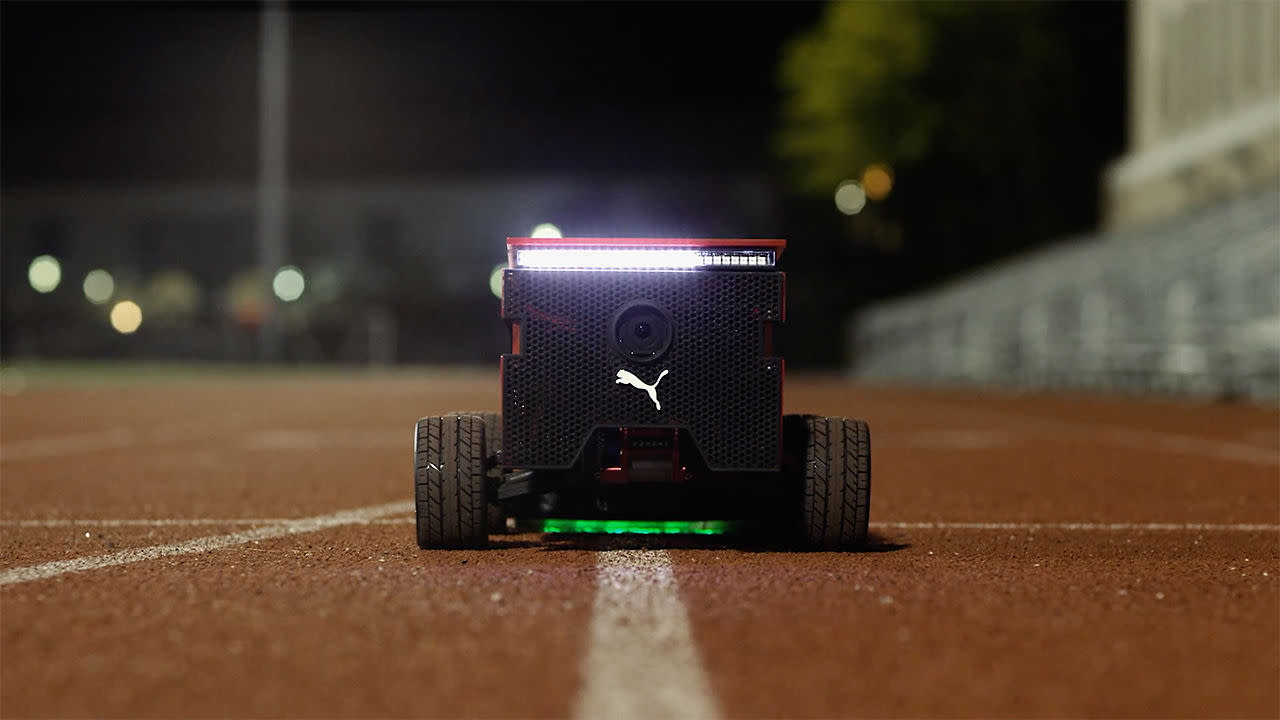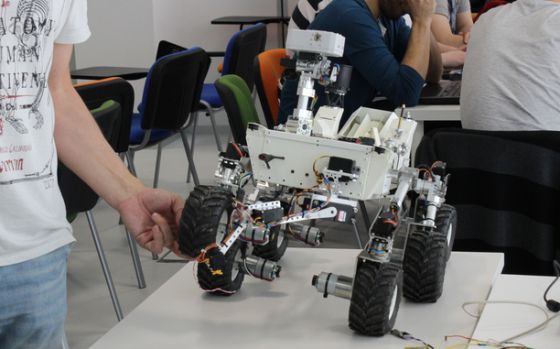
There are certain things you'd expect to encounter on a visit to NASA's Swamp Works research facility. Walking into the former Apollo testing facility, you'll almost certainly catch glimpses of martian rovers, soil samples and an assortment of scientific testing devices. But in spite of Arduino's near ubiquity these days, we'll admit that we were a bit taken aback when the familiar blue microcontroller made an appearance on a lab desk during our conversation with NASA "lighting guy," Dr. Eirik Holbert. It seems that NASA, like pretty much everyone else, is experimenting with the hacker-friendly component.
The board was hooked up to a lighting fixture Holbert is working on as part of NASA's upcoming deep space habitat concept generator. It's an attempt to bring some sunlit consistency to space exploration, simulating Earth-like lighting patterns to help keep the crew alert and get them ready for sleep in the evenings. So, where does NASA turn when it's looking to conserve weight and save some taxpayer money in the process? Toward the Arduino Uno, naturally. Holbert assembled a number of off-the-shelf products, including the aforementioned microcontroller and shields from Sparkfun to make a fixture for under $500.
Asked whether we might be seeing an Arduino setup like this on an upcoming mission, Dr. Holbert told us, "I'm all about interchangeability. If they can make something space compatible, I'd be all for it."
Filed under: Science
Comments












